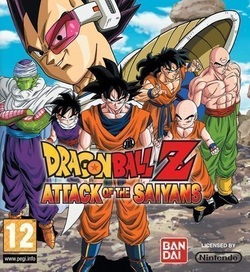
Dragon Ball Z: Attack of the Saiyans
"Dragon Ball Z: Attack of the Saiyans" is a turn-based role-playing game based on the popular anime "Dragon Ball Z", developed by Monolith Soft, and released on the Nintendo DS platform.
Game Details:
"Saiyan's Assault" is a traditional JRPG, unlike other Dragon Ball action games, this game focuses on story and character development. The game is based on the "Dragon Ball Z" animation, starting from the calm period after Son Goku defeats King Piccolo, until the arrival of Saiyans Vegeta and Nappa on Earth. Players can control six main characters: Son Goku, Gohan, Piccolo, Tien Shinhan, Krillin, and Yamcha, each with their own exclusive skill trees and special move systems.
The game uses a side-scrolling map exploration and battle scene switching mode. During battles, players can form a team of three for strategic combinations, supporting collaborative attacks, charging skills, and Ki control. The plot is faithful to the original, interspersed with many classic scenes and dialogues from the animation, while also adding some original events, enhancing the game's rhythm and playability. The image style adopts a Q-version pixel style, and the battle screen has stunning special effects.
Editor's Recommendation:
If you are a fan of the "Dragon Ball Z" animation, or are keen on JRPGs, "Saiyan's Assault" will bring a familiar yet new experience. It abandons the action-oriented combat form in traditional Dragon Ball games, and instead creates an adventure journey centered on story and strategy. The character development system, skill learning, and battle strategies are very solid, even if you are familiar with the original story, you can still gain fresh fun from this game. The overall process is compact and content-rich, making it a rare masterpiece in handheld RPGs, highly recommended for RPG and Dragon Ball enthusiasts.
Game Guide:
In "Dragon Ball Z: Saiyan's Assault," mastering the pace of character development and battle rhythm is the key to smoothly progressing the main story. Here are comprehensive guide suggestions for novice players:
1. Understand the Skill Tree System
Each character can gain AP (Ability Points) after leveling up, which are used to unlock active and passive skills in the skill tree. It is recommended to prioritize improving the character's special moves and recovery skills, such as Goku's "Kamehameha" and Piccolo's "Recovery Wave," which are both damaging and practical.
2. Reasonably Match the Three-Person Team
A maximum of three characters can participate in a battle. It is recommended to combine: one high attack output (such as Goku), one control assist (such as Piccolo), and one recovery or long-range support (such as Krillin). Reasonable configuration can effectively deal with various enemy combinations.
3. Ki and Burst Mechanism
Accumulating Ki during battles is the key to using advanced skills. When Ki is full, you can enter the "Burst" state, increasing attack power and speed. It is recommended to save it for boss battles and unleash it.
4. Explore Maps and Side Events
While progressing through the main story, pay attention to hidden treasure chests, side quests, and enemy training camps on the map. These places can usually gain extra experience and rare items, improving the efficiency of clearing the game.
5. Battle Order and Charging Techniques
Some skills can enhance their attack effect through "charging," but it will take up multiple turns. It is recommended to use them at the beginning of the battle or when the enemy is at a disadvantage. At the same time, pay attention to the enemy's action order to avoid being interrupted during charging.
6. Boss Battle Preparation
It is recommended to save before each boss battle and prepare sufficient recovery items (Senzu beans, recovery capsules, etc.). Bosses often have area skills or continuous attacks. Reasonable arrangement of team member positions and skill release timing is the key to victory.
In summary, although this game is based on Dragon Ball, it is a very solid RPG work in terms of system design. By reasonably planning the growth path and flexibly using battle techniques, you can easily clear the game and enjoy the passionate story.
RPG Related Retro Games
More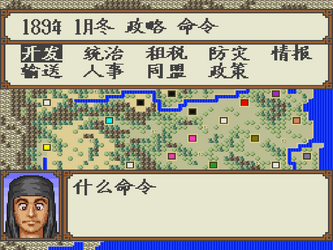
Yokoyama Mitsuteru's Sangokushi
SNES
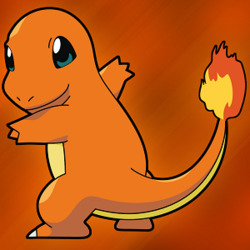
Pokémon Red
Game Boy Advance
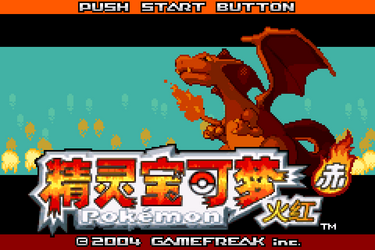
Pokémon FireRed
Game Boy Advance
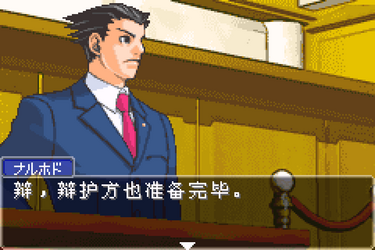
Gyakuten Saiban
Game Boy Advance
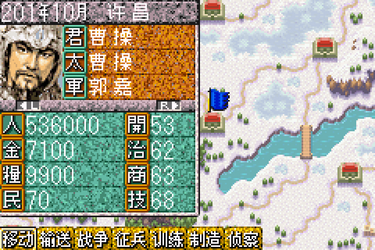
Sangokushi
Game Boy Advance
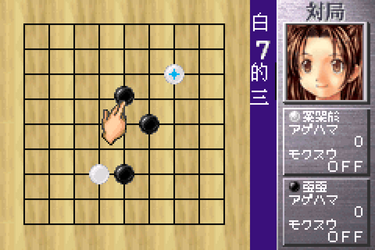
Hikaru no Go
Game Boy Advance
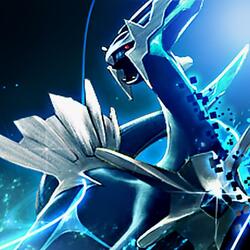
Pokémon Diamond
Gameboy | Color
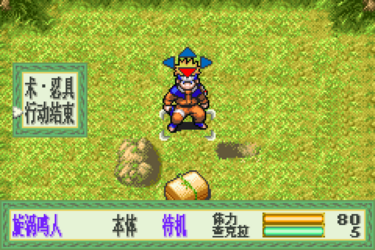
Naruto: Konoha Senki
Game Boy Advance
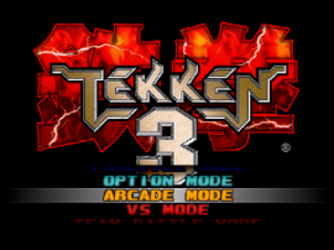
Tekken 3
Playstation
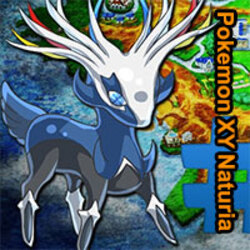
Pokémon: XY Natural
Gameboy | Color
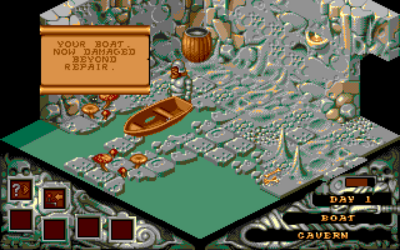
Cadaver
MS-DOS
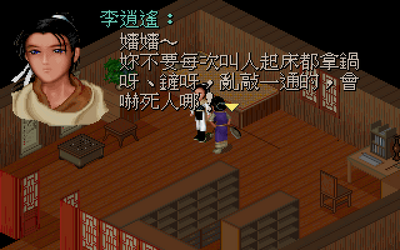
The Legend of Sword and Fairy
MS-DOS
Adventure Related Retro Games
More
Pokémon Red
Game Boy Advance

Pokémon FireRed
Game Boy Advance
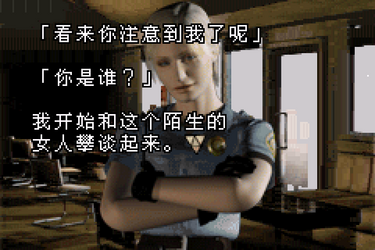
Silent Hill
Game Boy Advance

Pokémon Diamond
Gameboy | Color
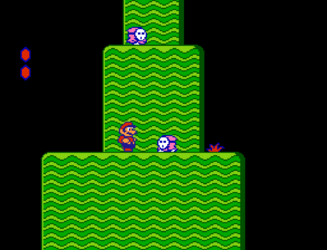
Super Mario Bros. 2
NES / Famicom
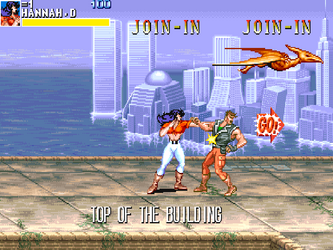
Cadillacs and Dinosaurs
Arcade

Pokémon: XY Natural
Gameboy | Color
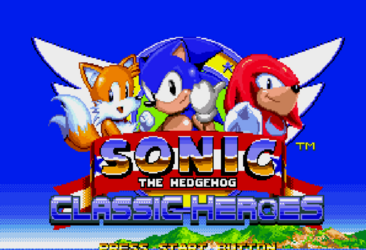
Sonic Classic Heroes
Sega Mega Drive

Cadaver
MS-DOS
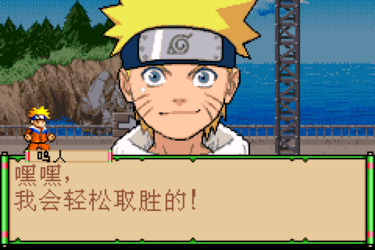
Naruto: Ninja Council
Game Boy Advance

Pokémon Blue
Game Boy Advance
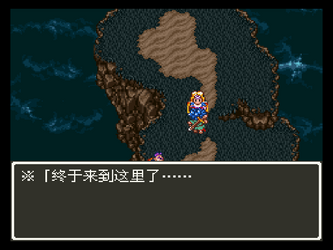
Dragon Quest VI
SNES
Fighting Related Retro Games
More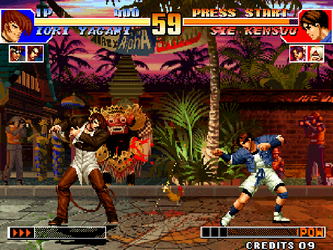
The King of Fighters '97
Arcade
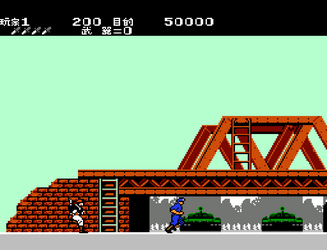
Rush'n Attack
NES / Famicom

Yokoyama Mitsuteru's Sangokushi
SNES
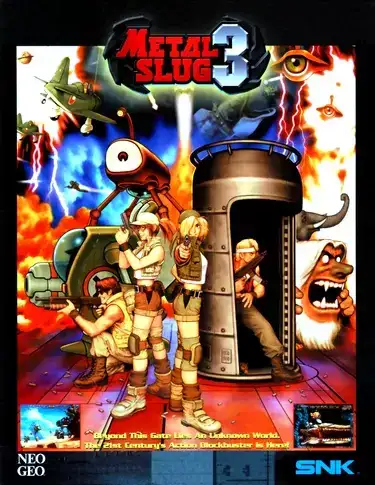
Metal Slug 3
Arcade

Tekken 3
Playstation
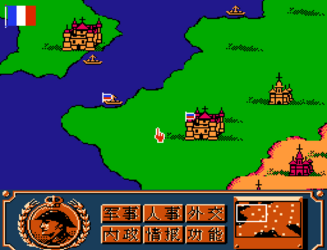
Napoleon's War
NES / Famicom
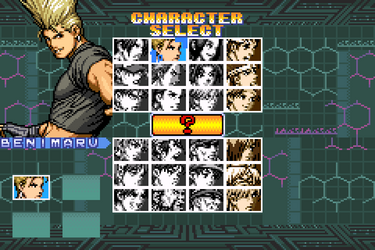
The King of Fighters EX: Neo Blood
Game Boy Advance
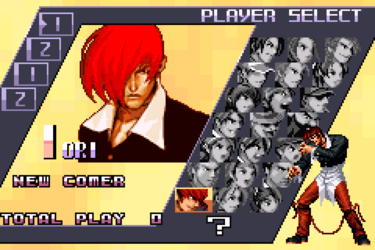
KOF EX2: Howling Blood
Game Boy Advance

Dragon Quest VI
SNES
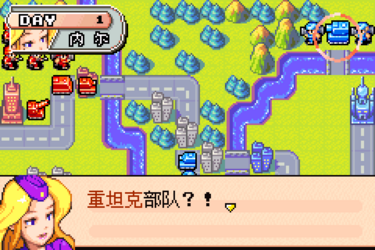
Advance Wars
Game Boy Advance
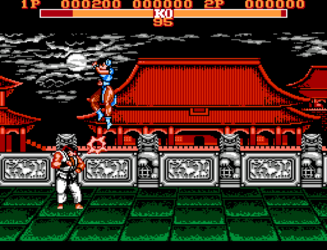
Street Fighter III
NES / Famicom
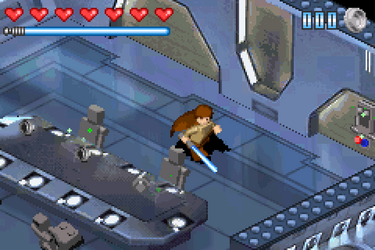
LEGO Star Wars: The Video Game
Game Boy Advance